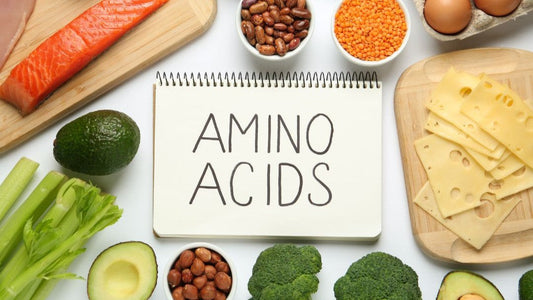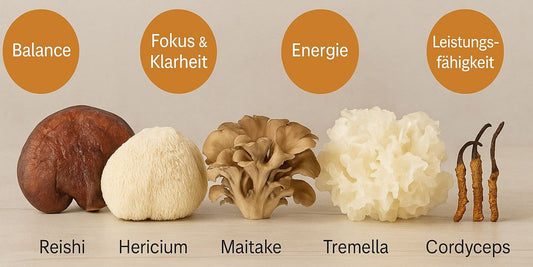What is the methyl cycle?
The methyl cycle is a complex biochemical process that involves the transfer of methyl groups (CH₃) between different molecules. Methyl groups are a common type of chemical group consisting of one carbon atom and three hydrogen atoms and are often found in biologically active molecules. In the methyl cycle, methyl groups are transferred from one molecule to another, enabling numerous important biochemical reactions.
The components of the methyl cycle
The methyl cycle consists of several key components that interact closely to enable the transfer of methyl groups:
- Methionine: Methionine is an essential amino acid found in proteins and serves as a starting material for the synthesis of S-adenosylmethionine (SAM).
- S-adenosylmethionine (SAM): SAM is a central molecule in the methyl cycle. It serves as a methyl group donor and is formed by the transfer of a methyl group from methionine.
- Methyltransferases: These enzymes are responsible for transferring methyl groups from SAM to various target molecules, including DNA, RNA, proteins and lipids. Methyltransferases play a crucial role in the regulation of gene expression and other important cellular processes.
- S-adenosylhomocysteine (SAH): SAH is formed after the transfer of a methyl group from SAM to a target molecule. SAH is a product of this reaction and is subsequently converted to homocysteine.
- Homocysteine: Homocysteine is an intermediate in the methyl cycle that can either be converted back to methionine or introduced into other biochemical pathways.
The Importance of the Methyl Cycle
The methyl cycle is crucial for a variety of biological processes and has numerous important functions in the organism:
- Gene expression: Through methylation of DNA and histones, the methyl cycle can regulate gene expression by modulating the accessibility of genes to transcription factors.
- Epigenetics: Changes in the methyl pattern of DNA can have epigenetic effects that influence the development, differentiation and adaptation of cells.
- Neurotransmitter synthesis: The methyl cycle is involved in the synthesis of important neurotransmitters such as dopamine, serotonin and norepinephrine, which are essential for neuronal communication and the regulation of mood and behavior.
- Homocysteine metabolism: Dysregulation of homocysteine metabolism, which is closely linked to the methyl cycle, can lead to various diseases, including cardiovascular disease, neurological disorders and cancer.
Conclusion
The methyl cycle is a highly complex biochemical process that plays a central role in the regulation of numerous biological functions. By transferring methyl groups to various target molecules, the methyl cycle enables the fine-tuning of gene expression, the modulation of epigenetic regulation, the synthesis of neurotransmitters, and much more.
A comprehensive knowledge of this important biochemical mechanism is crucial to better understand the functioning of living organisms and to develop potential therapeutic approaches for diseases associated with the methyl cycle.
Stay healthy and individual!
Your team from indyvit.com




